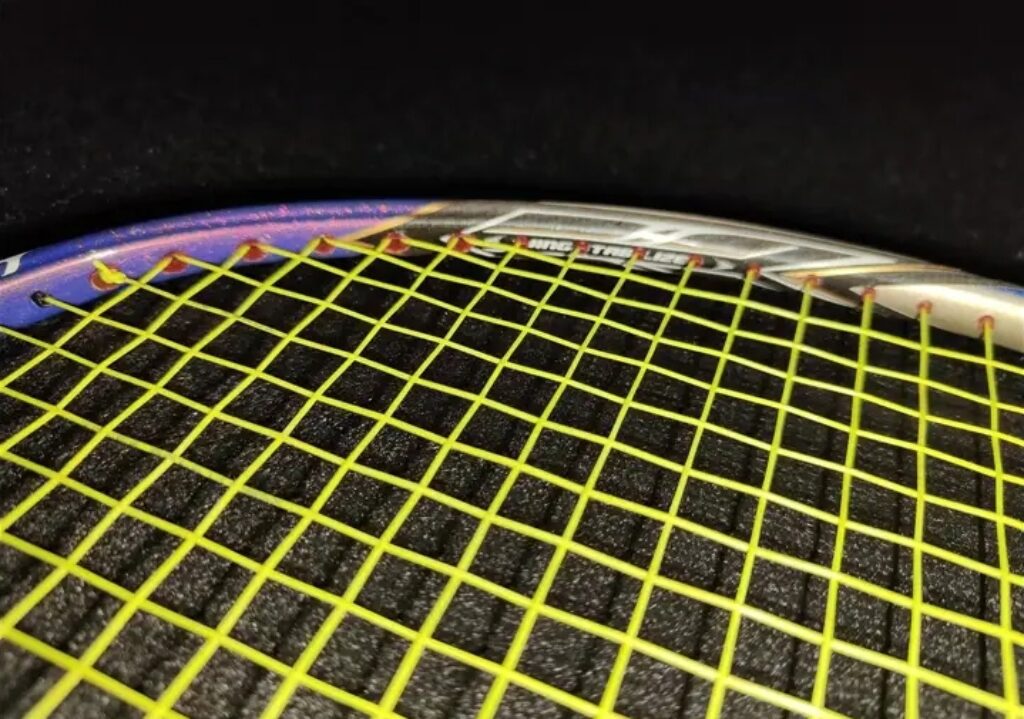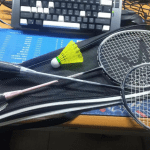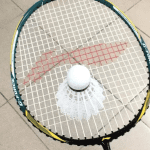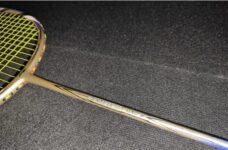
Badminton Racket Lining AirStream N553 Reviews
Some things are hard to admit are good, such as Tenga’s suction or Chun Shui Tang’s skin care; some things are hard to admit are bad, such as my own lack of skill in badminton and the shortcomings of some renowned rackets.
I’ve never been fond of using discontinued old rackets, especially those from brands L and Y. They’re often talked about more for their hype than their actual performance, and their prices can vary widely—skyrocketing for rackets endorsed by stars while those without endorsements often languish in obscurity. Additionally, for someone like me who has a high demand for modern feel, these overly classical or even outdated rackets usually end up being a bad investment. This was fully demonstrated with the N553. I believe I’ve done it justice by updating the N553 review.
Specifications:
- Weight: 3UG5
- No base color
- Total Weight (used condition): 95.0g
- Balance Point: 320mm
- Shaft Length: 210mm
- Stiffness: On the stiffer side
- Frame: Box frame
- String Bed: 72-hole
- String Groove: 9-3 o’clock
- Warranty: 28 pounds
- Recommended String Tension: 25-27lbs XB63
Though the manufacturing technology at the time wasn’t advanced, old Li-Ning rackets had a “classic” appeal, and the paint quality was already top-notch. The N553 can be considered a “Purple Gold Sword,” with a blend of blue and purple colors on the frame and gold paint, creating a layered effect with pearlescent shine. The shaft is mainly gold, reflecting the aesthetic preferences of the era and its flagship status in the Air Stream series. As the predecessor to the Wind Storm series, the wind tunnels were a standout feature. Although it also boasts six wind tunnels like the 9000I, it uniquely places two of them at the head, which may not be seen again.

Of course, there has always been discussion about the impact of wind tunnels on frame structure, especially at the head. I suspect that Li-Ning’s approach at the time was quite simplistic—since the wind tunnel could cause breakage, why not make the structure weaker to accommodate it? Thus, I believe the racket’s heavy swing weight is largely due to additional material at the head. Although the wind tunnels were intended to reduce air resistance and increase swing speed, the 553’s swing weight is excessively high, making the swing speed unsatisfactory.
Indeed, when I saw some players commenting that it is Li-Ning’s greatest weapon to date, I expected this situation.
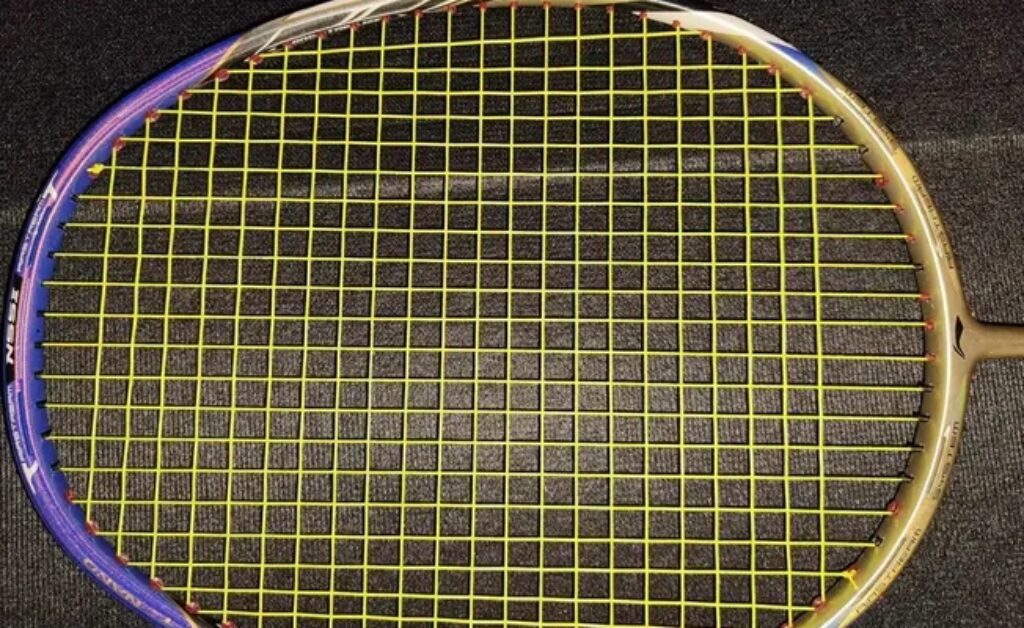
Undoubtedly, this racket requires good physical condition and power to be effectively used. While it offers substantial power in slow-paced shots, the sweet spot’s explosive power isn’t very focused, and the shaft’s elasticity is quite poor by today’s standards. Officially, the shaft is described as soft, but it actually feels quite stiff, making it challenging for me to use. I had to force myself to adapt over a week, and only used it in mixed doubles matches where my skill level was not very high.
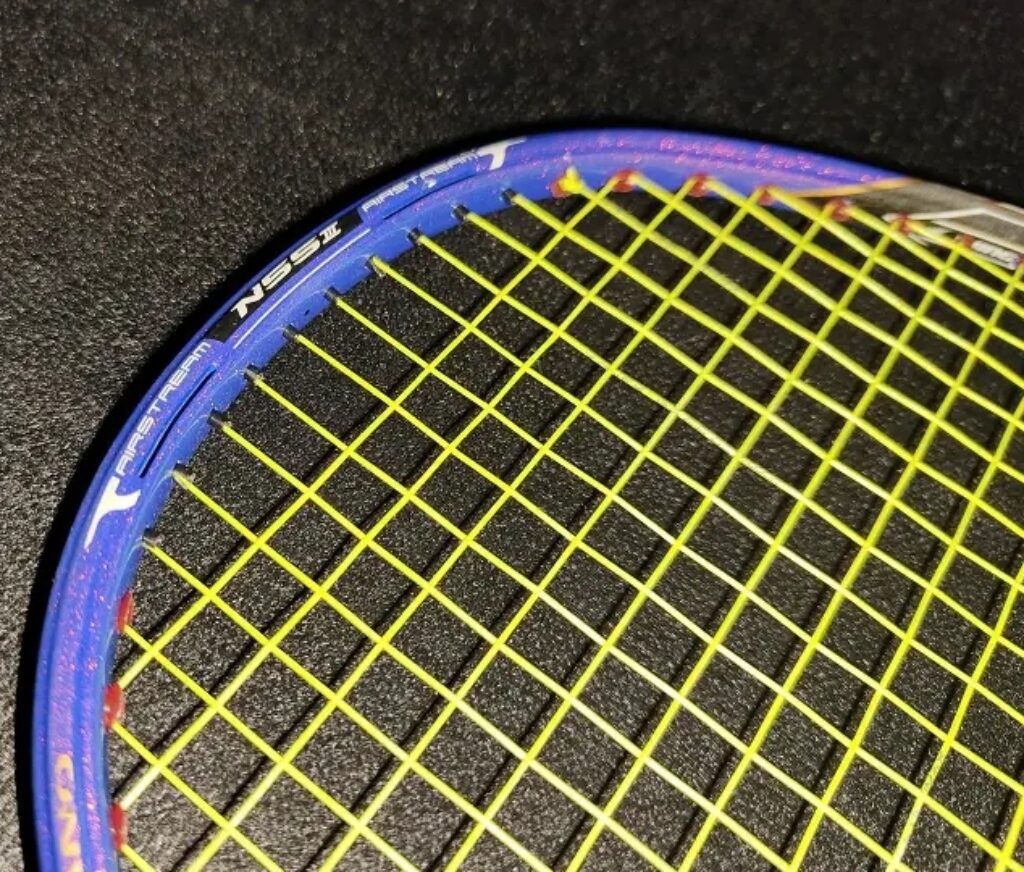
Heavy means strong, and this straightforward, rough approach does offer benefits in solid feel for small ball control. The net play quality stabilizes easily, and after specific training, it can produce very close net shots.
As for downward shots, the N553 feels too wooden to me, lacking the drive sensation. When given an opportunity for a powerful smash, it feels like swinging a hammer to pound the ground—emotionless and unable to connect well with the ball. Sometimes the slow swing speed makes accuracy difficult, further forcing me to move quickly for better positioning. There might have been a couple of times when I smashed through the opponent’s defense from the back court, but those were situations where the opponent’s clear was poorly placed, and no movement was needed. Ignoring the limitations of the racket in long-term play and focusing only on its maximum potential for smashes is not a rational approach.
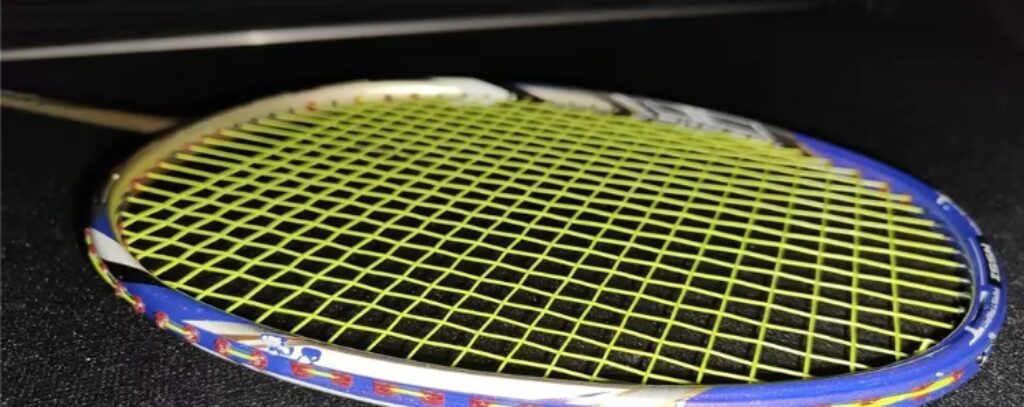
Surprisingly, I actually prefer using it for overhead shots. It is indeed heavy, and beginners might risk injury due to improper wrist action, but the strong downward feel of the N553 makes the shuttlecock’s placement sharp and precise, thus improving shot quality.
Handling defensive shots and flat drives is another matter. The extreme swing weight leaves me struggling, and unlike other rackets that might compensate for performance and wind resistance, the N553 relies entirely on the user’s skill.
I find it hard to use and feel that for non-collectors, there’s no need to acquire this racket due to its many limitations. Of course, it might be like “luosifen”—loved by those who appreciate it and avoided by those who don’t.
